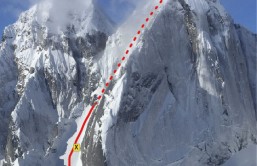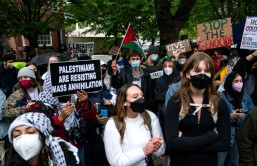The tomb of King Tut has two concealed rooms, and one of them could be the burial place of none other than Queen Nefertiti herself, whose final resting place has eluded archaeologists for years.
Egyptian Antiquities Minister Mamdouh Eldamaty confirmed on Monday that archaeologists examined Tutankhamun's tomb and found evidence of two hidden chambers, citing markings on the northern and western walls similar to those discovered at the entrance to King Tut's tomb in 1922, according to Discovery News.
Photos were taken by Factume to create a replica of the tomb. Upon close examination of the photos, they discovered that the ceiling extended behind the northern and western walls, suggesting that the tomb was actually a corridor. They also found royal stamps.
"This indicates that the western and northern walls of Tutankhamun's tomb could hide two burial chambers," he told Egyptian news site Ahram Online.
The tomb's examination was spurred by the suggestion of Egyptologist Nicolas Reeves, who claimed that high-resolutions of the tomb's images showed "distinct linear traces" indicating the existence of two hidden rooms. Reeves said one of the rooms could contain the remains of Queen Nefertiti, who was the primary wife of Pharaoh Akhenaten, King Tut's father. He wrote his findings in a paper entitled "The Burial of Nefertiti?" published early this year.
"I am pretty sure that a very important discovery is to be made soon inside Tutankahamun's tomb," Reeves told Ahram Online.
The Egyptologist speculated that the tomb could have been Nefertiti's, and when King Tut died, it was extended to house his remains. Eldamaty, however, disagrees with this theory.
"I agree with him that there's probably something behind the walls," Eldamaty said, but emphasized it would likely be Kia, King Tut's mother, Associated Press reports.
For now, Reeves and everyone else await the results of the tomb's radar scan, which could shed more light on the issue. The scan results will be announced on Nov. 4, on the anniversary of the discovery of King Tut's tomb.








